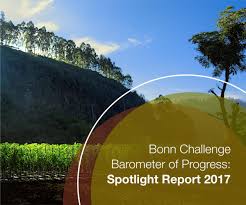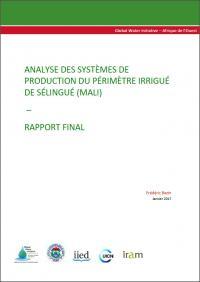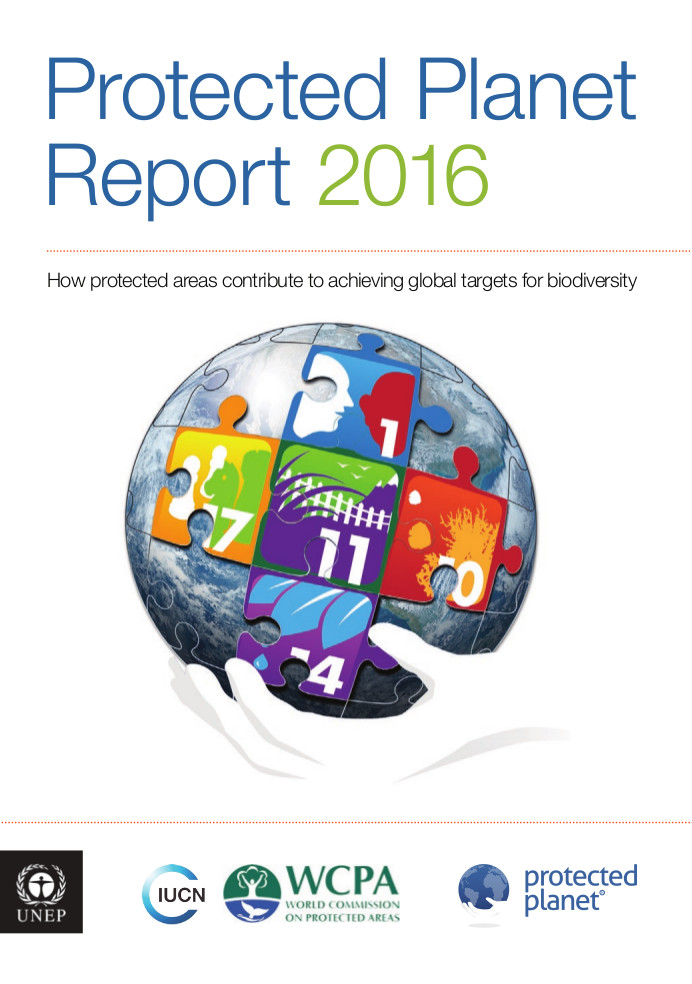Location
IUCN is a membership Union uniquely composed of both government and civil society organisations. It provides public, private and non-governmental organisations with the knowledge and tools that enable human progress, economic development and nature conservation to take place together.
Created in 1948, IUCN is now the world’s largest and most diverse environmental network, harnessing the knowledge, resources and reach of more than 1,300 Member organisations and some 16,000 experts. It is a leading provider of conservation data, assessments and analysis. Its broad membership enables IUCN to fill the role of incubator and trusted repository of best practices, tools and international standards.
IUCN provides a neutral space in which diverse stakeholders including governments, NGOs, scientists, businesses, local communities, indigenous peoples organisations and others can work together to forge and implement solutions to environmental challenges and achieve sustainable development.
Working with many partners and supporters, IUCN implements a large and diverse portfolio of conservation projects worldwide. Combining the latest science with the traditional knowledge of local communities, these projects work to reverse habitat loss, restore ecosystems and improve people’s well-being.
Resources
Displaying 26 - 30 of 142Bonn Challenge Barometer of Progress: Spotlight Report 2017
The Bonn Challenge is a global effort to bring 150 million hectares (Mha) into restoration by 2020 and 350 Mha by 2030. Underlying the Bonn Challenge is the forest landscape restoration (FLR) approach. The Bonn Challenge is a voluntary, non-binding initiative launched to advance the restoration movement and in recognition of the importance of forest landscape restoration for meeting national priorities and international commitments. To date 47 contributors have pledged more than 160 Mha to the Bonn Challenge.
Gender-responsive restoration guidelines
The Restoration Opportunities Assessment Methodology (ROAM) was developed by IUCN and the World Resources Institute (WRI) to assist countries in identifying opportunities for forest landscape restoration (FLR), analysing priority areas at a national or sub-national level, and designing and implementing FLR interventions. As part of IUCN’s effort to update the methodology, these guidelines have been developed to ensure the application of ROAM and the ensuing FLR implementation, including any policy uptake and land-use planning, is gender responsive.
Analysis of the productive systems in the Sélingué irrigation scheme (Mali)
The development of irrigation is one of the priority strategies in the Sahel countries to tackle poverty and food insecurity. At a time when governments are once again committing to increase irrigable areas, it seemed relevant to analyze, in line with the ECOWAS guidelines, the results achieved in large irrigated schemes developed in the 1980s and 1990s to draw lessons for future developments.
Analyse des systèmes de production du périmètre irrigué de Sélingué (Mali)
Le développement de l’irrigation fait partie des stratégies prioritaires dans les pays du Sahel pour lutter contre la pauvreté et l’insécurité alimentaire. À l’heure où les gouvernements s’engagent, une fois de plus, à augmenter les superficies irrigables, il a semblé pertinent d’analyser, conformément aux lignes directrices de la CEDEAO, les résultats obtenus sur des grands périmètres aménagés dans les années 80 et 90 afin d’en tirer les leçons pour les aménagements futurs.
Protected Planet Report 2016
In 2010, the Parties to the Convention on Biological Diversity (CBD), adopted the Strategic Plan for Biodiversity 2010-2020 and its 20 Aichi Biodiversity Targets. It has since been endorsed by multiple Multilateral Environmental Agreements as a global framework for biodiversity. In 2015, the members of the United Nations adopted the 2030 Agenda for Sustainable Development and its Sustainable Development Goals (SDGs).







